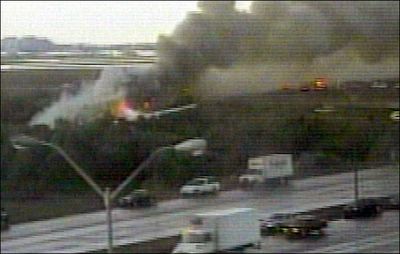
August 1, 2005. Flagstaff, Arizona. The cloud is 41,000 feet in elevation with 2.25 inch hail at 6:55 pm.

This Blog is created to stress the importance of Peace as an environmental directive. “I never give them hell. I just tell the truth and they think it’s hell.” – Harry Truman (I receive no compensation from any entry on this blog.)

